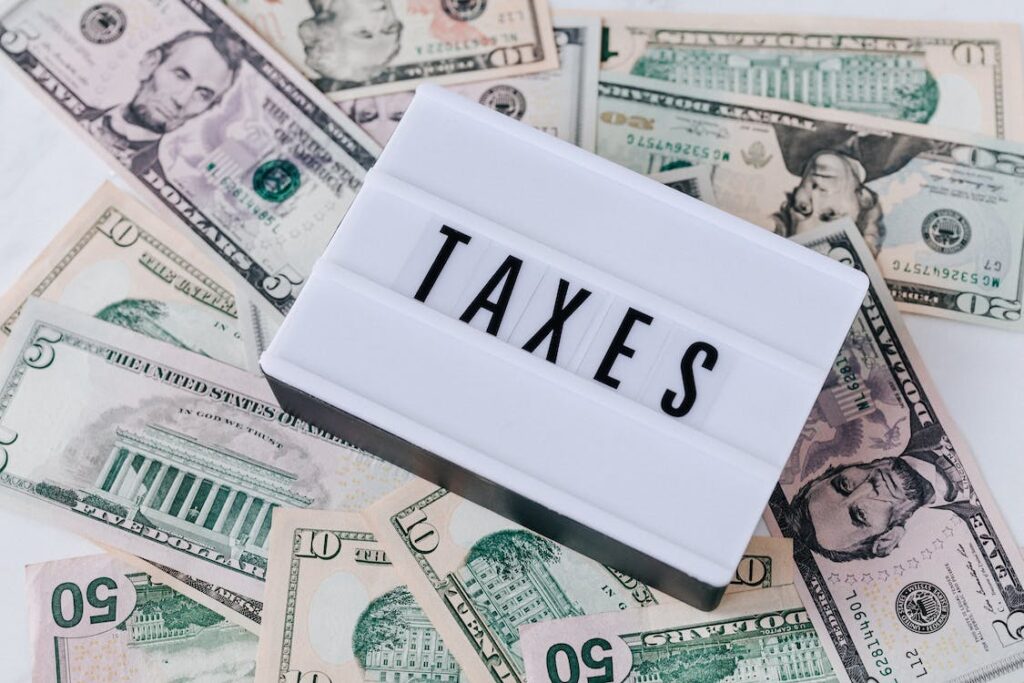Solar Tax Incentive Blocked for Nearly 2,000 Applicants
In Clovis, New Mexico, 71-year-old semi-retired Casey Jones installed solar systems in her home and guest house last year, fully banking on a 10% state tax credit to aid her in offsetting the substantial $36,000 expense. But to her dismay, when she applied for the credit, she was informed that the program had exhausted its annual budget.
The state’s incentive program operates with a yearly budget cap of $12 million, providing rebates on a first-come, first-served basis. The pivotal caveat is that the rebate is only accessible in the year the solar installation receives full permit approval. This limitation, Jones discovered, harbors a “Catch-22”, leaving many, including her, in a financially precarious position, unable to reapply the next year and struggling with a substantial financial burden. Between 2020 and 2022, over 1,400 homeowners found themselves trapped in this bureaucratic maze, and an additional 500 are expected to share this fate in 2023, as per the Energy, Minerals, and Natural Resources Department (EMNRD), the overseeing body of the program.
Jones, who supplements her social security income through part-time gigs in website development and writing, faces the daunting prospect of having to reenter the full-time workforce. She had hoped the $3,600 state credit — a refundable amount for those without substantial tax liabilities — would alleviate the burden of a looming $9,000 “balloon payment” on her loan next year. The nightmarish scenario has her agonizing over financial strategies nightly, contemplating the potential necessity to secure regular employment to avert defaulting on her loan.
Compounding the frustration was the misinformation she received from both the solar installation company and the EMNRD, regarding the ideal timeline for application submission — a misdirection that has plagued many applicants and dampened the efficiency of the state incentive initiative since its 2020 inception. Albuquerque resident Pat Baca also encountered the confusing guidelines, losing out on a $2,500 state credit due to unclear instructions about the correct point in the installation process to apply for the credit.
Industry leaders and homeowners alike raise alarm over the cumbersome application process, flagging the EMNRD’s confusing website instructions and recurrent software glitches which often postpone application completion. This environment not only hinders solar companies in aiding customers but also jeopardizes the applicant’s chances of securing the credit before funds deplete for the year.
A glaring spotlight is now on companies like Florida-based Meraki Solar Solutions, with customers accusing them of either harboring a lack of understanding about the application process or completely sidestepping their duty in guiding clients through the application pathway, resorting to deceptive marketing strategies to make sales. This has led to a multitude of disappointed homeowners losing out on thousands of dollars of credit.
State Democratic Sen. Mimi Stewart intends to champion a significant increment in the yearly budget cap, possibly to $20 million in the forthcoming legislative session, aiming to broaden the reach of the program. EMNRD staff are reportedly working assiduously to streamline the application process, improving the program’s website for a more user-friendly experience.
As the State grapples with these teething issues, including allegations against companies like NM Solar Group — which abruptly ceased operations in August, attracting a consumer fraud lawsuit — the focus remains on striking a balance to eliminate misinformation while nurturing honest companies keen on steering customers efficiently through the program to foster a green, sustainable future in New Mexico. This landscape has clearly demarcated the “good guys” from the “bad actors,” putting a premium on integrity and customer education in navigating the intricacies of the green incentive landscape.
It’s a stark reminder that while initiatives are in place to promote sustainable energy solutions, the pathway there is fraught with bureaucratic hurdles and potential pitfalls. Homeowners like Jones are urging a revision in the system, one that promotes clarity and assists rather than hinders the journey to a greener future. The entire scenario draws attention to the urgent need for systemic reform to build trust and facilitate the smooth transition toward a greener New Mexico.






